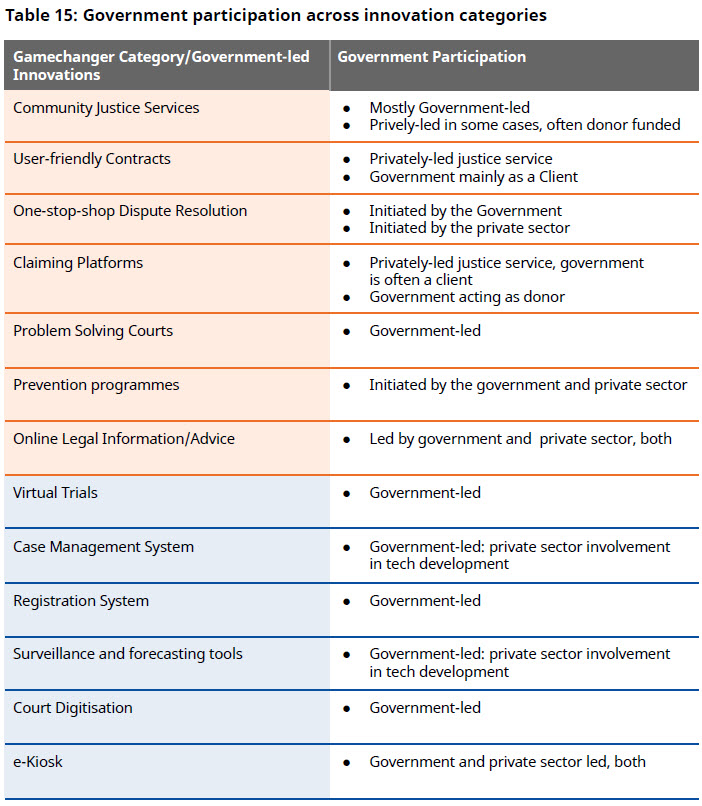Ohio State U. Unveils a Plan for All Students to Graduate Debt-Free — from chronicle.com by Eric Kelderman
Excerpt:
Nearly half of all undergraduates at Ohio State University take out loans to help pay the costs of attending college, borrowing an average of more than $27,000. Kristina M. Johnson, the new president of the land-grant university, wants to reduce that proportion to zero.
Johnson announced a plan on Friday, at her investiture, to reach that goal within a decade.
Instead of offering students federal direct loans as part of their financial-aid packages, the university will use a combination of grants, internships, and opportunities to assist with research.
“People without family means, which includes many of the country’s minority students, start their adult lives in a financial hole,” Johnson said during her investiture speech. “I want all of our graduates to be free to say yes to every great opportunity that comes their way.”













